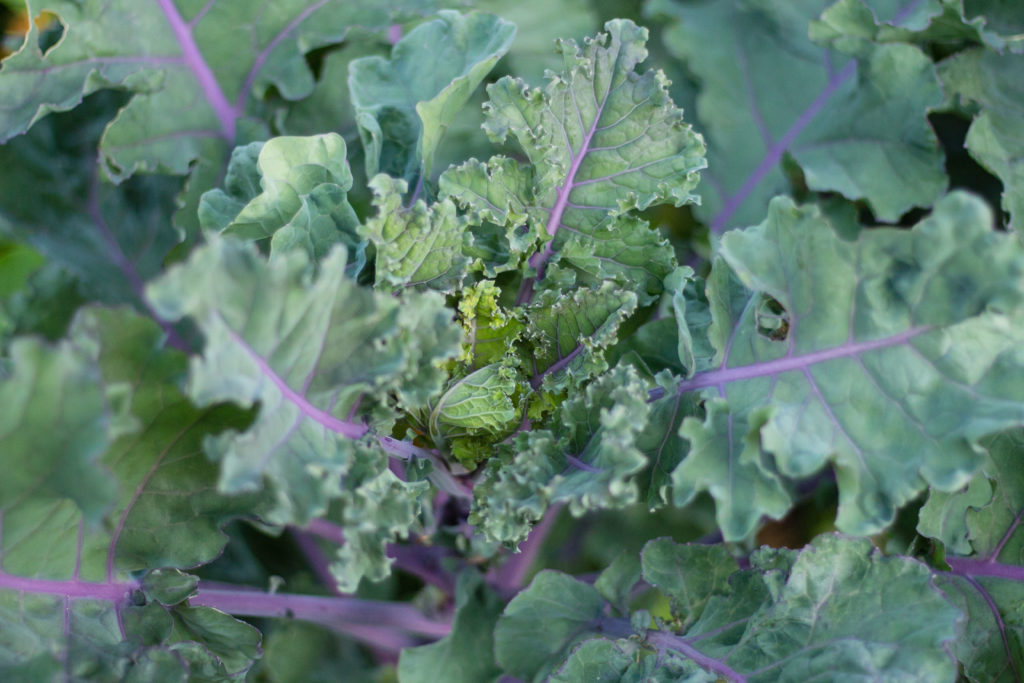
Over the last year and a half, many produce farmers across the country have been preparing for and going through first time produce safety rule inspections. However, not all produce farms, and not every produce item on inspected farms is subject to the Food Safety Modernization Act (FSMA) regulations. The Food and Drug Administration (FDA) exempted a list of produce items from the produce safety rule requirements, known as the “rarely consumed raw” list.
Unfortunately, the initial rarely consumed raw list left out several important crops, and FDA even acknowledge this gap in the final rule. The National Sustainable Agriculture Coalition (NSAC) recommended FDA consider several revisions to the rarely consumed raw list and move forward with a potential remedy to address the gaps in the rarely consumed raw list.
Fortunately, FDA’s recent Request for Information is a step toward ensuring FDA revisits and rewrites the rule to add additional crops to the rarely consumed raw list. This could mean more produce items will be soon added to the rarely consumed raw list and exempt from the produce safety rule requirements.
The Original Rarely Consumed Raw List
The produce safety rule rarely consumed raw list includes the following items:
Asparagus; beans, black; beans, great Northern; beans, kidney; beans, lima; beans, navy; beans, pinto; beets, garden (roots and tops); beets, sugar; cashews; cherries, sour; chickpeas; cocoa beans; coffee beans; collards; corn, sweet; cranberries; dates; dill (seeds and weed); eggplants; figs; ginger; hazelnuts; horseradish; lentils; okra; peanuts; pecans; peppermint; potatoes; pumpkins; squash, winter; sweet potatoes; and water chestnuts.
Any produce not on this list is subject to the produce safety rule requirements if it does not meet another exemption.
FDA’s Request for Information
FDA is requesting comments from the public that includes information on whether certain produce items should be added to the rarely consumed raw list by November 9, 2020.
In particular, this Request for Information focuses on produce that was left out of the rarely consumed raw list because it was not typically eaten at all in the U.S. The produce items that FDA seeks information on have less than one percent reported consumption in the survey data FDA initially used to create the list. FDA is now seeking additional information on these produce items with low reported consumption:
Artichoke, globe‐type; artichoke, Jerusalem; arugula; balsam pear; boysenberry; Brazil nut; breadfruit; broccoli, Chinese; brussels sprouts; burdock; cabbage, Chinese, bok choy; cabbage, Chinese, mustard; cabbage, Chinese, Napa; cactus; celeriac; chayote fruit; chestnut; Chinese waxgourd; chrysanthemum garland; citron; cress, garden; currant; dandelion leaves; dasheen (taro) (leaves and corm); fennel, Florence; genip; gooseberry; grape, leaves; guava; huckleberry; jicama; kale; kohlrabi; kumquat; leek; lime; lotus root; ul; macadamia nut; mulberry; mustard greens; palm heart, leaves; parsnip; passion fruit; persimmon; pine nut; plantain; pomegranate; quince; radish, oriental, roots; rhubarb; rutabaga; shallot; soursop; soybean, sprouts; starfruit; swamp cabbage; sweetsop; Swiss chard; turnip (roots and greens); and yam.
NSAC requested FDA consider adding several items to the rarely consumed raw list based on input from our members and partners working with Hmong farmers, including Gai lan (broccoli, Chinese); bitter melon (balsam pear); burdock; bok choy; mustard greens; Chinese celery (napa or napa cabbage); chayote fruit; chrysanthemum leaves (tong ho); dasheen (taro) (leaves and corm); and waxgourd. We are pleased to see that FDA is considering several of the items that are rarely consumed raw, but were left off the initial list.
There are also two produce items FDA is seeking comment on that were not reported in the initial survey data at all: arrowroot and fiddleheads.
FDA hopes to gather new data on these items, including any data that shows what percentage of the population consumes each item cooked compared to uncooked. Acceptable data formats include:
- Well-designed consumer surveys;
- Market data that is closely related to consumer consumption data;
- Data that indicates an item cannot be consumed raw because it is toxic unless properly cooked; and
- Information on any other steps typically applied to an item, other than cooking, that sufficiently remove harmful pathogens.
The information should include the study design and sample population, years of data collection, a summary of methods and measures used, and if available, survey results.
In addition to the survey data, further research should be conducted on each item using realistic methods to determine each product’s classification. NSAC encouraged FDA to seek out other science-based information to determine the true food safety risk of each produce item. Not every organization or farmer is able to create a consumer survey; however, other data and information can be used to help FDA determine whether or not the produce is rarely consumed raw.
NSAC also recommended that FDA consider that some of these items cannot be consumed raw because they are toxic if consumed raw, and we are pleased FDA is considering this important factor.
Overall, the hope is that FDA will consider adding several crops to the rarely consumed raw list, because if they are not on this list, or fall under another exemption, they must comply with the rule requirements regardless of their food safety risk. We are encouraged to see FDA has taken a step towards ensuring historically underserved farmers’ crops that are rarely consumed raw are included in that list.


The edible sweet chestnut (Castanea sp.) is rarely eaten raw. If you look at any of the recipes on line, they all feature chestnuts in cooked recipes. We sell chestnuts and all our customers cook them before they eat them. Like the song “Chestnuts Roasting on an Open Fire”.